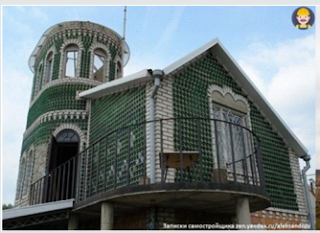Advances in Halogen-Free Flame Retardants by Asim Kumar Roy Choudhury in Latest Trends in Textile and Fashion Designing (LTTFD) in Lupine Publishers
The challenges of finding substitutes for banned halogen-containing
flame-retardants (HFFRs) more specifically bromine-based FRs (BFRs)
include lower flame retardancy, high cost, serious melt-dripping and
deterioration in mechanical properties of halogen-free products.
Phosphorous-based FRs (both additive and reactive types), silicon FRs,
intumescent flame-retardants (IFRs), nano-materials including nano
composites, bio macromolecules, use of catalysts provide some
alternatives to halogen-based FRs.
For more Lupine Publisher
open access journals please visit our website
For more Fashion
journal articles please click here






